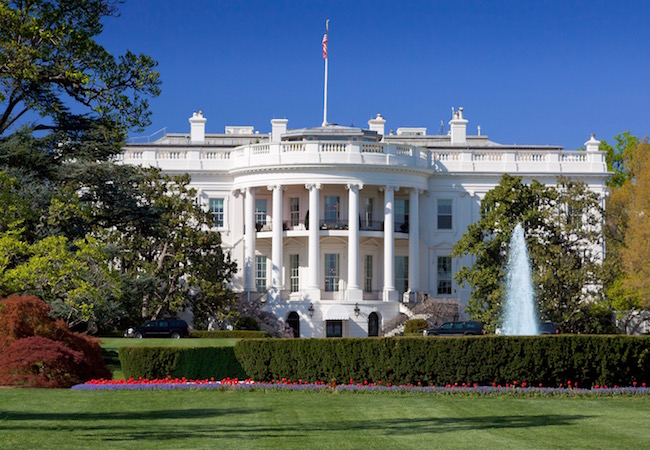In 1814, British troops invaded Washington, DC and set fire to the President’s House as well as other parts of the capital city. The attack was in retaliation to the burning of the Ontario Parliament buildings by the Americans earlier in the War of 1812. As part of the subsequent repairs, the building was painted white to hide the considerable amount of smoke damage – hence the name White House. It’s an explanation you may have heard before – but, it’s wrong. Here’s the real story.
Construction of the President’s House (as it was known at the time) began in 1792. Eight years later it was ready for the very first occupants, President John Adams and his wife Abigail. The exterior walls were made with sandstone and to help seal any cracks or imperfections, a lime-based whitewash was applied atop the porous stone. Rather than allowing the whitewash to weather with time, additional coats were applied to provide further protection. Due to the building’s appearance, people started to casually refer to the landmark as the White House. In 1818, after extensive repairs were completed to the damage caused by the British arson, a more permanent coat of lead-based white paint sealed the restoration. One hundred years later, Theodore Roosevelt ordered presidential letterhead engraved with the words White House - Washington, making the popular nickname official.
